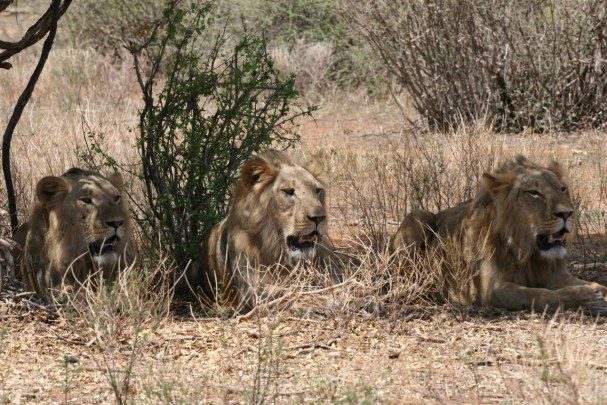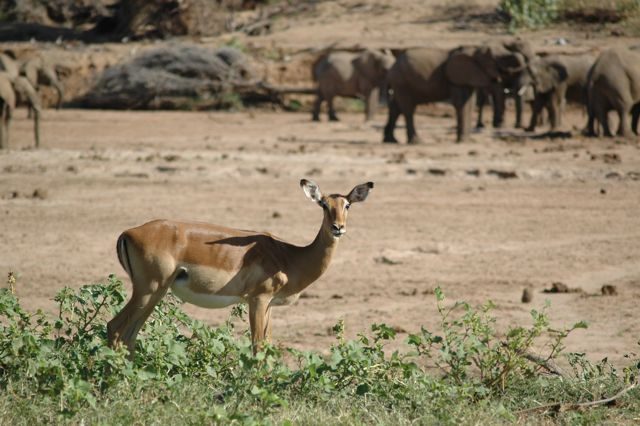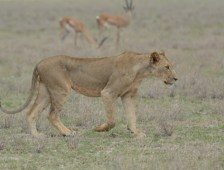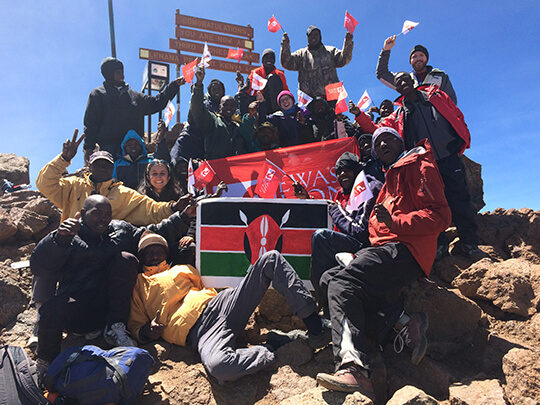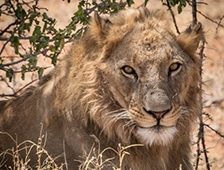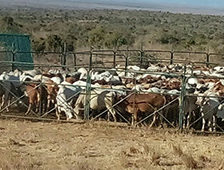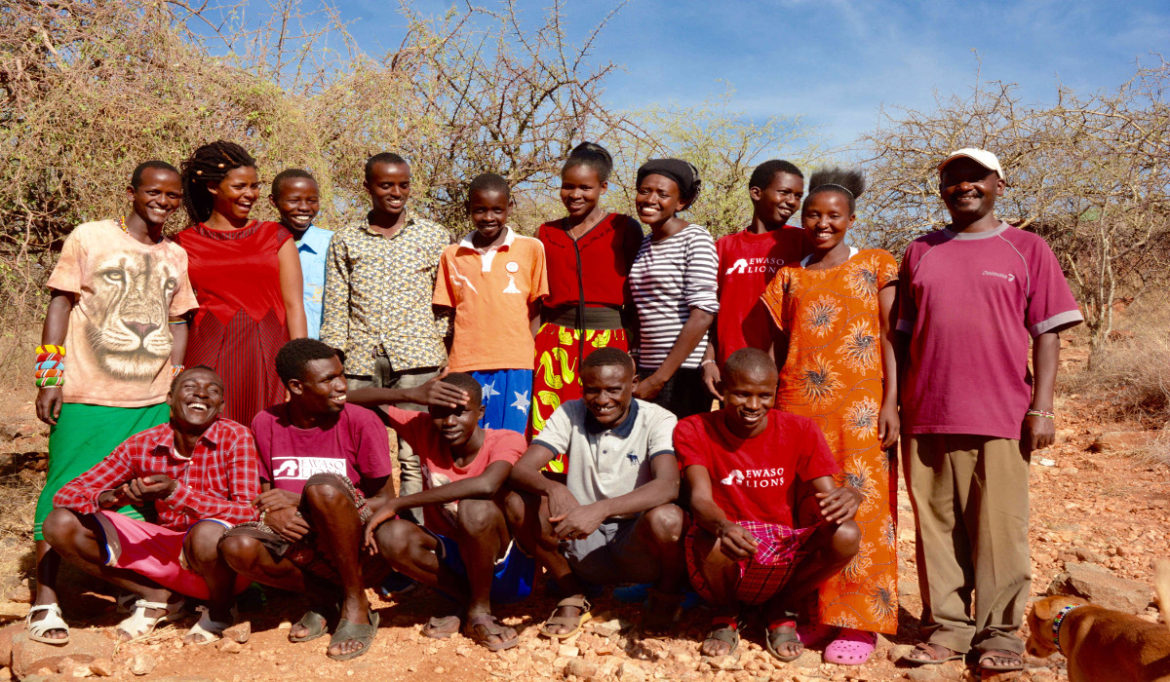We are very excited to announce that Founder & Executive Director of Ewaso Lions, Shivani Bhalla, received her PhD from the University of Oxford in July. “This has been a long journey and I am
New Males Arrive in Samburu
We are excited to report that four new males (who have manes!) have arrived in Samburu. This is the first time since 2008 that we have had new lions here. When they arrived, Lguret, our old resident
Human-Lion Conflict Increases During Drought in Samburu
The Ewaso Nyiro River dried up in early January causing immense challenges for the wildlife, the local people and their livestock in the region. Wildlife and livestock congregated at small waterholes,
Chalisa Moves to Lewa
We are thrilled to report that a young male lion who we last saw in Buffalo Springs National Reserve in November 2013, has been sighted in Lewa Wildlife Conservancy. The Lewa lion research team led by
Video: Our Expedition Up Mount Kenya for Lions
In January, we organised a team expedition up Mount Kenya. The five day trek was an unforgettable experience as we climbed to 3,985 meters (16,300 ft). In doing this, we were able to drew attention to
Will This Mystery Lion Be the Next Dominant Male?
A new unidentified male lion has appeared suddenly, bringing with him a potential change to the make-up of the lion population in our Samburu study area. For the past three years, Lguret has been the
Predator-Proof Boma Installed After Lion Attacks
The lion population on the Laikipia commercial ranches is an important source population of lions for the entire region. In the past two years, drought conditions in the wider area have led to some
Introducing the Jeremy Lucas Education Fund
“Exactly 6 months ago today, on 28 July 2016, my husband Jeremy passed away. Jeremy was a lovely, kind man and part of his legacy was a sum of money with which I have set up an education fund in his
n
Our Rangers Capture Data on Lions and Livestock
Every day, our Ewaso Lions rangers put on their uniforms and head into the bush on patrol. The three rangers bring an important research element to our conservation work. By collecting baseline data



